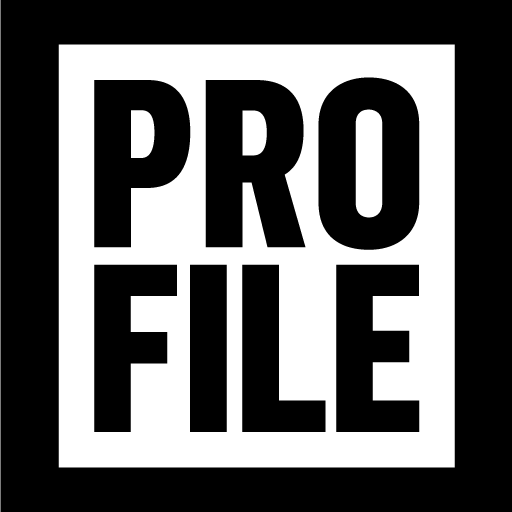
In most cases, taxes are a calculation with the goal outcome of paying a fair share while maximizing the taxpayer’s return on investment. However, for Marina Zivik, vice president and chief tax officer at Trinseo, taxes reflect shifting global politics and economies, and successfully managing a tax department requires more than basic math skills. “It’s a discipline that’s all around numbers, but I also think there’s a lot of creative thought in that,” she says. “The rules are constantly changing.”
Zivik joined Trinseo, a global chemical materials solutions provider and manufacturer, in 2011, a year after the organization spun off from The Dow Chemical Company and was purchased by a private equity firm. At that time, Zivik was one of two members of the tax department. Since then, Trinseo went public, and the tax department has grown to a team of sixteen. To keep up with a landscape that’s in a constant state of evolution at a company that has undergone significant growth and change, Zivik emphasizes diversity within her team and flexibility within their approach.
As a result, they created a flexible framework early on that leaves room for growth and adjustments as the company transforms. From 2014 to 2016, Trinseo transitioned from private to public ownership. As ownership changed, so too did their interests, requiring the department to change its processes so that it could report new information within new timelines. “At the inception, we set up strong, sustainable, automated processes, where we would be able to easily adjust them as needed,” Zivik explains.
Zivik doesn’t believe in a don’t fix it unless it’s broken mentality. Instead, Zivik and her team regularly evaluate their practices and procedures and find avenues for improvement. Because the company was previously owned by a large organization, its processes and procedure reflected the scale of its transactions. Starting from scratch with a smaller organization allowed Zivik to establish a new baseline.
“That’s the freedom of not having an established organization,” Zivik says. “We’re not writing anything in stone, so let’s just be flexible and continue to develop.”
Having built her team from scratch, Zivik chose members who had diverse experiences, skill sets, and approaches. She combined senior members who could address the complexity and global nature of their responsibilities, as well as younger team members who will develop into future leaders. By hiring people who are motivated as well as talented, Zivik establishes an expectation of growth for both her leadership team and the department at large.
She also oversees a multinational team, with members located in Europe, Asia, and North America, which is a challenge that requires strong interpersonal skills to overcome. Because team members primarily communicate through conference calls and email, they can’t rely on body language as a communication tool. “I think it raises you up to a different standard,” Zivik says. “It forces you to communicate very clearly.” Communicating across multiple time zones requires team members to remain flexible about how and when they share information.
It also reinforces the fact that they work in a global discipline, with global implications. “You’re constantly thinking about a global picture if your team is global,” Zivik explains.
Navigating geographical and cultural differences, such as collaborating across time zones, also requires flexibility and understanding. “Everyone expresses themselves differently,” Zivik says. “Everyone has different ways of reacting to certain situations.” This can be a challenge, but it can also be an asset. Because of the team’s varied backgrounds and experiences, they approach problems from different perspectives, which leads them to a stronger end result. For example, four team members may view a challenge from four different perspectives given their diversity. “Somewhere in those four different points of view, you build the right answer,” Zivik says. “Applying all of our individual talent is how we make this team successful.”
But Zivik doesn’t try to create a solution that will last forever. Instead, she leverages her team’s wide range of experiences to find a solution to a given problem at a given time. Each team member comes with prior successes, but those successes won’t necessarily work in every situation. “You’re going to try all those different ways of doing things. Some of them will work; some of them will not,” she says. “They combine their experiences to find a solution that works for them in that moment.”
The team’s strong interpersonal skills and distinct viewpoints make them a stronger asset to the finance organization, as well as to their business partners. When establishing a new business relationship in a country where Trinseo hasn’t worked before, they can leverage a team member’s understanding of the cultural and business practices of that region in order to be a more effective partner. Zivik emphasizes cross-functional relationships within the organization as well, highlighting her department’s role in the organization’s overall function. “I don’t believe that my function should be isolated,” she says. “We don’t operate on an island. The better we partner with the rest of the organization, then the more contributions we can bring.”
Inherent in Zivik’s approach is the notion that an individual’s success hinges on the success of the team.
“My success is attributable to the strength of my team and their talents and their contributions,” she says. “Everyone who works with me is so exceptionally talented and exceptionally generous in giving their talents and in teaching me everything that they know so that we can together rise and deliver value to the organization.”
Photo: Collin Welch/Red C Media















